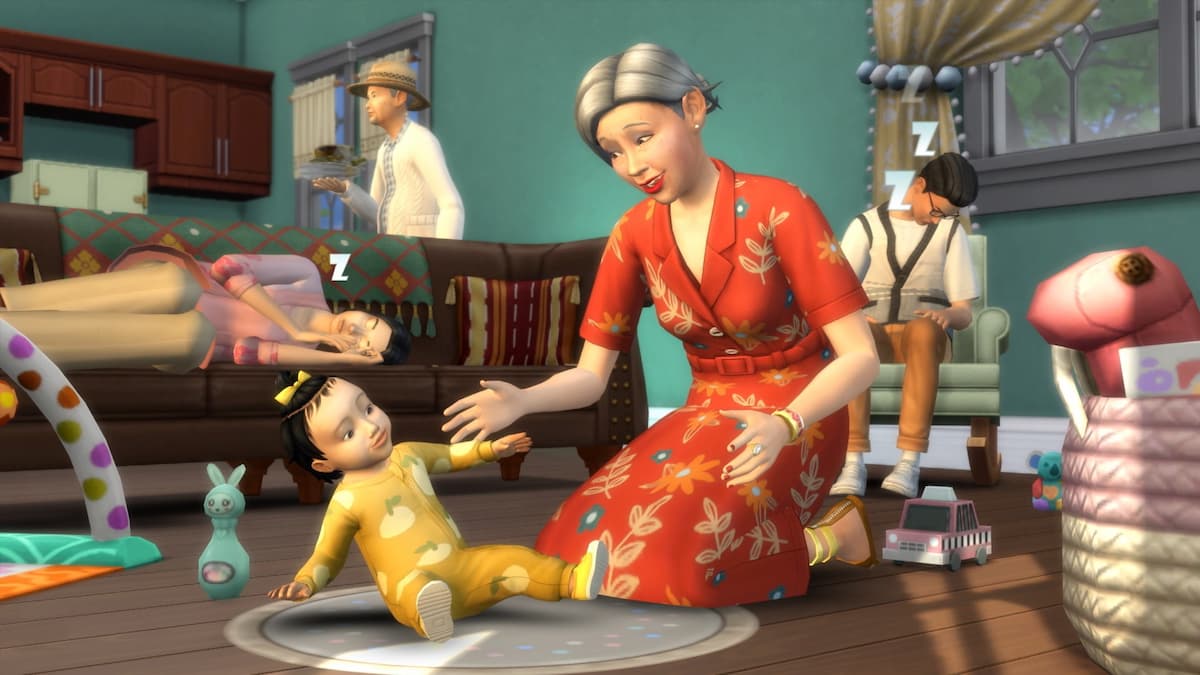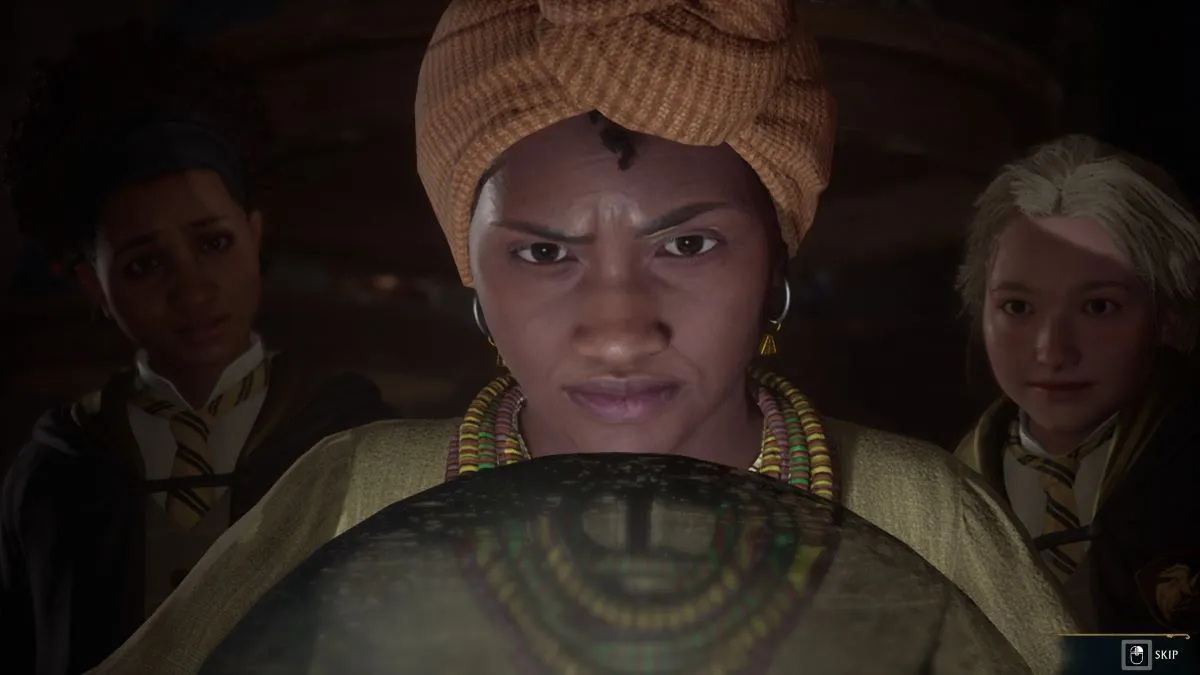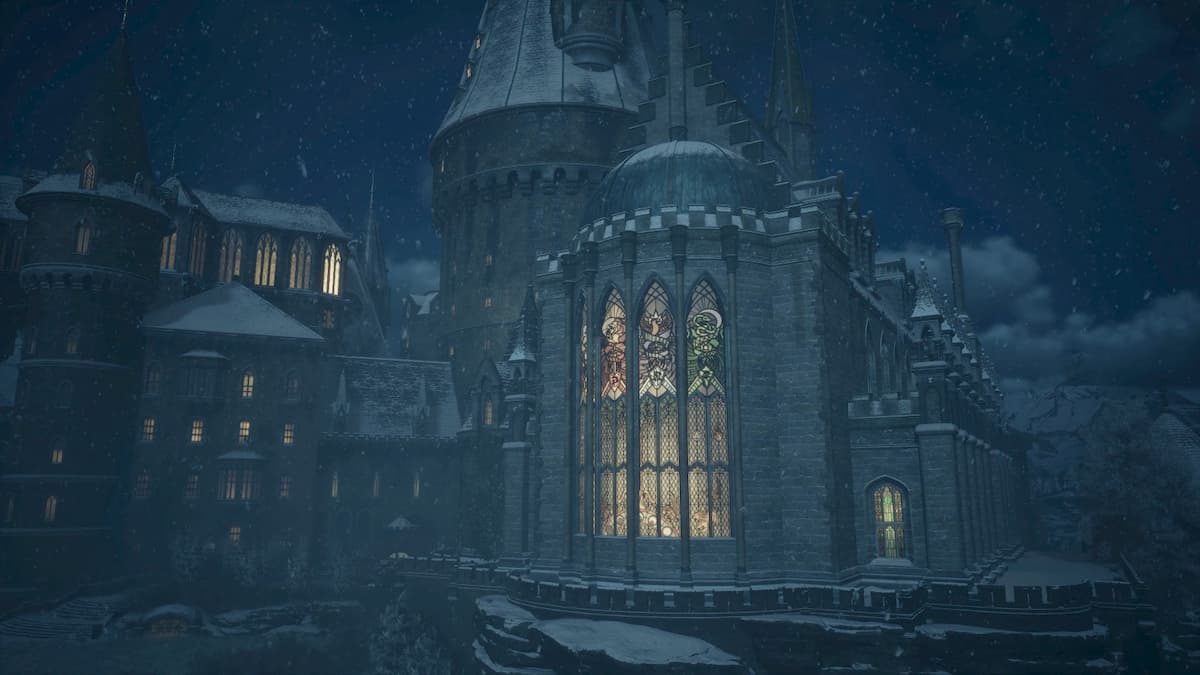“Resident Evil has turned into Call of Duty!”
“Capcom ruined the series!”
“We want real survival horror!”
The cries of the Resident Evil faithful have echoed far and wide through the gaming landscape.
If you’re anything like me, this flood of negative fan feedback surrounding the latest numbered entry in the Resident Evil series may have turned you off from ever giving the title a shot. I decided to change that, so on a whim, I purchased and played through the entirety of the game to form my own opinions. What I discovered was not the train-wreck of a title I had expected, but rather one of the most enjoyable and polished third-person shooter experiences I’ve had in the last gaming generation.
It’s certainly not the Resident Evil we grew up with, and though it does contain many thematic references to past games, this is a whole different type of adrenaline rush – up there with some of the craziest action titles around. Nevertheless, the craftsmanship that permeates every facet of the experience is impossible to ignore – that is, if you can throw out your preconceptions of what the series should be and instead appreciate what Capcom has accomplished here.
It All Starts With The Unique Storytelling
It seems quite fitting that Resident Evil 6’s menu opens with spiders crawling across a web, as a spider web would be the perfect metaphor to describe the game’s complex storytelling. Capcom has split the complete experience into four distinct campaigns, each containing a classic Resident Evil character paired up with a series newcomer.
The game chronicles these characters through the aftermath of another bioterrorism attack, which fans will recognize as a relatively consistent theme of the series to this point. However, Resident Evil 6 hits a more serious tone with its writing and character interactions that lends greater believability to the outlandish proceedings.
This is primarily accomplished by the game’s fantastic writing and voice acting. Characters express themselves naturally, without the forced melodrama that many games shoehorn into their cutscenes. The dialogue also has an air of subtlety and innuendo that showcases each character’s personality in a believable way. There are no stereotype characters here; rather, these characters have depth, and their motivations aren’t always apparent from the outset.
Many returning characters make an appearance, and I can assume fans will get a kick out of seeing Leon Kennedy, Chris Redfield, Sherry Birkin and other familiar faces working together in this latest adventure. Not to be outdone, the new faces in Resident Evil 6 fit just as well into Capcom’s crazy universe and make an immediate impact in the story.
Character interaction is mostly reserved for cutscenes, which showcase precisely-framed cinematic flair and are especially well-placed throughout the experience- both as effective story revelations and interludes to intense combat scenes.
The Gameplay Lives Up To The Narrative
By separating the adventure into four separate campaigns, Capcom’s designers were able to include many different thematic emphases while keeping the play experience cohesive.
Leon & Helena’s campaign centers around a zombie invasion and contains the most environmental throwbacks to Resident Evil‘s survival horror roots.
Chris & Piers make up the military branch of the protagonists and have a campaign that suitably leans more towards a standard war shooter. A new breed of infected military rebels called the Jaavo are showcased in this campaign, and they provide a different type of challenge than fighting zombies.
Jake & Sherry’s campaign is where most of Resident Evil 6‘s more experimental ideas lie. Stealth sequences make their series debut and work with varying degrees of success. One particularly good area involving their story’s primary antagonist arrives about halfway through the campaign. The majority of the game’s driving/chase sequences take place here as well and are consistently exciting.
Ada Wong’s campaign rounds out the collection and serves to tie up loose ends in the story as well as includes a number of clever puzzles and unique twists on scenarios from the other campaigns.
This Is Cooperative Play Done Right
Story intersections play a major role in Resident Evil 6, and these moments provide the most concrete justifications for the game’s focus on cooperative play and online connectivity. Each campaign can be played solo with an extremely competent AI partner or in co-op with a local or online teammate. During some parts of each campaign, the characters’ paths separate and one teammate may be asked to cover the other with sniper fire or to control doors and switches blocking the other’s path.
In even cooler moments, two campaigns will intersect and up to four players can work together on a common objective, such as taking down a boss or fighting hordes of enemies. A new mode called Agent Hunt is included as well, which allows online players the chance to spawn into someone else’s campaign as an enemy and attempt to kill the heroes. This mode is more of a fun diversion than anything else, and gives the game extra replay value once the campaign is beaten.
The ever-popular Mercenaries mode makes its return to round out the cooperative offerings and has been expanded upon to include a wide assortment of locations from the campaign. While this time-based multiplayer mode isn’t particularly appealing to me, there is definitely fun to be had if you’re playing with friends – thanks to the solid shooting and melee mechanics. A number of post-launch DLC packages have expanded the competitive multiplayer aspects of the title as well, but I haven’t had the opportunity to test them out.
The overall ambition and scope of the adventure is mind-blowing, and how it all plays so well is a testament to Capcom’s ability to bring together so many disparate gameplay elements and story emphases into a cohesive whole. When you also consider that each campaign has a separate narrative arc and individual finale, then you can further appreciate why I find the title so impressive. Nowhere during my 22 hours playing the game did I perceive any filler areas artificially padding the game length either, making my playthrough feel brisk despite the game’s appreciable size.
Set-Pieces And Boss Battles Everywhere
Part of the game’s briskness comes from its absolutely incredible set-pieces, which rival anything I’ve seen from similar titles like Uncharted and Gears of War. While some of the situations border on utter absurdity with the amount of action on screen, they still manage to be engaging due to the game’s consistent pacing and polish.
Boss encounters do pop up on occasion and are mostly handled with impressive spectacle and narrative significance. The designs of each boss are quite stunning and most are battled in multiple stages with set-pieces or cut-scenes separating each part of the encounter. A couple of criticisms are worth noting, however. It seemed as though my AI teammate inflicted too much damage to a few of the bosses, slightly robbing me of the sensation that I was taking down a boss by my own actions. Also, the final boss fights of two of the campaigns felt drawn out to the point of being overkill; shorter fights may have led to each having a larger impact on the player.
A Greatly Expanded Combat Repertoire
What will go down as perhaps the most underappreciated aspect of Resident Evil 6 is its superb combat mechanics. There is tremendous depth to the movement options, directly addressing one of the series’ biggest complaints. The aptly-dubbed “tank controls”, which prevented a player from aim while moving or strafing, are gone, replaced by a new movement system where characters can strafe, roll, dodge, run, and slide freely.
Melee combat has also been greatly expanded upon and is contextual both with regard to the direct surroundings and enemy status. Often, your character will melee enemies using their own weapons, with unique animations to boot, or they’ll slam enemies against nearby walls. In special cases, the developers have programmed “easter egg” kills that trigger at certain points in the environment. I encountered one of these during my playthrough involving a microwave oven, and though I won’t describe it and spoil the surprise, suffice to say it was quite unforgettable.
The inventory system in Resident Evil 6 has recieved a major overhaul and has been simplified to make items more accessible during gameplay. When first picking up the game, however, some of you may become frustrated with the way health is managed, particularly with how quickly your character enters the “downed” state upon getting hit at low health. Make sure to continually combine herbs into useable health pills and stock them into your life bar to mitigate this and maintain the fun and fluid combat.
Environments And Level Design
Resident Evil 6 is set across three continents and showcases a wide variety of environments and architectural influences. The constant variation of large cities, small towns and rural areas prevents any one location from growing stale. In typical Resident Evil fashion, more unique locales are also visited to punctuate major turning points in the story.
Having such a wide scope of environments also extends to the game’s level design. While the map layouts typically funnel the player through smaller play spaces to facilitate melee combat, certain areas are quite large and allow the player to flank unsuspecting enemies or snipe from long distance.
In a game whose levels are ripe for exploration, it’s a shame that Resident Evil 6 insists on constantly throwing enemies in front of you nearly every minute. Areas that would be fun to simply explore sometimes become grating due to the necessity for combat. I suspect Capcom didn’t feel their level design was strong enough to stand on its own without enemies constantly occupying the player’s attention, but I would disagree given the level of detail in each environment . Fortunately, these moments are isolated to only a few areas in the game and don’t severely detract from the overall experience.
How About The Presentation?
Visually, Resident Evil 6 is a great-looking game with some inconsistencies in its presentation. The lighting technology is stunning and character models are top-notch across the board. Levels feel alive as well, with tons of environmental effects, light sources and NPCs flooding each scene. Texture detail leaves something to be desired on certain surfaces, though, and some of the more organic environments don’t match the visual quality of their city counterparts.
The sound design is where the game really surprised me. The film-like orchestral score perfectly compliments the insane action, and while no particular songs are especially memorable, in the context of the experience they work very well to drive the action forward. Sound effects and ambient sounds from each environment match the music quality beat-for-beat, and as mentioned previously, voice acting is fantastic.
Playing the game on a moderate-level gaming PC, I can say that the game scales extremely well to older hardware and contains options to lock the framerate and adjust visual effects if performance is an issue. I cannot speak to console performance, but given the full controller support, high resolutions and potentially unlocked framerate of the PC version, it would absolutely be my recommendation.
A Dramatic Conclusion
Resident Evil 6 is a fantastic title that exceeded all of my expectations given its negative post-release buzz. Its tremendous level of polish and solid mechanics make it a consistent joy to play, and its well-orchestrated storyline illuminates a more serious side of the Resident Evil universe. I would urge any of you who enjoy action games and third-person shooters to play this game, and I think you’ll come away quite impressed. If you don’t, well, that’s what the comment section is for down below!
(Note: I played this game asynchronously, jumping around chapters to allow the story to unfold chronologically rather than playing through each campaign start to finish before moving on to the next. I believe this method heightened much of the mystery behind the story as it unfolded, and if any of you are interested in the order I recommend playing through the campaign, please let me know in the comments below.)


















Published: Sep 20, 2015 07:54 pm